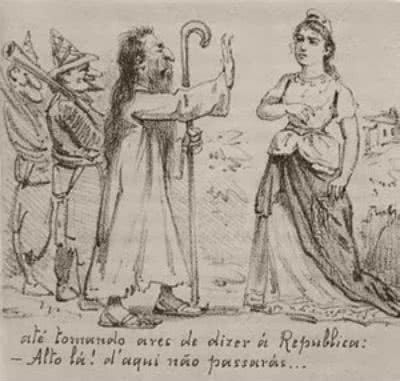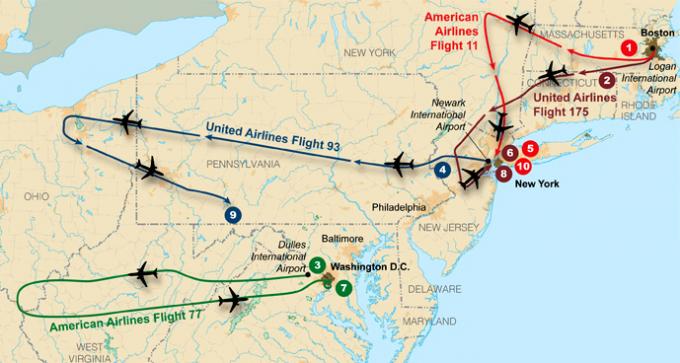O Messianism it is the belief in the coming or return of a person endowed with special powers that will bring peace and prosperity on Earth, ushering in a new era.
It has been present since Antiquity in several religions, including polytheists. We find references to Messianism among the Chaldeans and the Persians.
Among the monotheistic religions, the Jews, in the writings of the prophet Isaiah, we read references to the figure of a special envoy, anointed by God.
Messianism, however, is not exclusive to religions. Many legends point to a purely human redeemer, albeit one with special characteristics, whose mission is to restore the world.
Jewish Messianism
Jewish Messianism consists in the belief that a Messiah will come to free the Jews and lead them back to the Promised Land. The fact that the Jews had an enormous history of persecution crystallized their faith in a future Savior.
Christian Messianism
Heirs of Jewish traditions, Christians identify in the person of Jesus, their Messiah. Now his followers are waiting for the second coming of Jesus.
From the work of Saint Augustine, “City of God”, written in 410, Messianism, in the Catholic Church, gained mystical interpretations. Instead of redemption taking place in the earthly city, complete prosperity will only take place in the Heavenly City, in Paradise.
Messianism in History
However, there are foundational myths that refer to the figure of a special being to explain the origin of a particular people or nation.
An example of this would be the legend of King Arthur and the Knights of the Round Table, of British origin. Only Arthur, unaware that he was a prince, managed to move the sword Excalibur from the stone that held it and thus was recognized and proclaimed king of the Britons. Likewise, only the newly chosen king will be able to remove Excalibur from the lake and usher in another realm of wealth and peace.
Portuguese Messianism: Sebastianism
In Portugal, Messianism is manifested in the figure of King Dom Sebastião (1554-1578).
Disappeared early in the Battle of Alcácer-Quibir (1578), in Morocco, the body of the monarch was never found. In this way, the myth that King Dom Sebastião would return and restore the Portuguese Empire remained in the collective imagination and reached Brazil.
Read more about Sebastianism.
Messianism in Brazil
In Brazil we had several movements with messianic characteristics.
Second Reign: Muckers Revolt
The first of them was the Muckers Revolt in 1874, in Rio Grande do Sul. On this occasion, a group of German settlers recognized Jacobina Mentz Maurer as Jesus Christ.
Thus, they began to live as she and her husband ordered: without drinking and without using money for commercial exchanges. This sect ended up dividing the German community and only ended with a bloodbath promoted by the state troops.
First Republic: Canudos and Contestado
After the Proclamation of the Republic, there were two messianic movements that are considered the greatest in Brazil: Canudos and Contestado. Both are similar, both in the number of followers and in the government's violent response to the issue.
Disappointed with the proclamation of the Republic, peasants from various parts of Brazil join charismatic leaders who promise better living conditions to the population.
In Canudos-BA, a group of rural workers gathers around the Antônio Councilor. They build a large village where they live outside the law and begin to annoy the local colonels. The group is dissolved after intense battles against republican troops.

Charge portraying Antônio Conselheiro rejecting the Republic. Illustrated Magazine, 1896.
Read more about War of Straws.
On the other hand, the Contestado War took place on the borders between the states of Paraná and Santa Catarina, from 1912-1916.
The Brazilian government turned over a large amount of land to foreign logging companies. This threatened the peasants who began to contest this decision either with the state governments or with the federal government.
Gathered around the "monk" José Maria de Santo Agostinho who declared a "holy war" on federal troops, the rebels resisted for four years. Although José Maria died fighting, his followers still continued the conflict led by Maria Rosa who came to command 6000 men in battle.
Learn more about Contested War.

